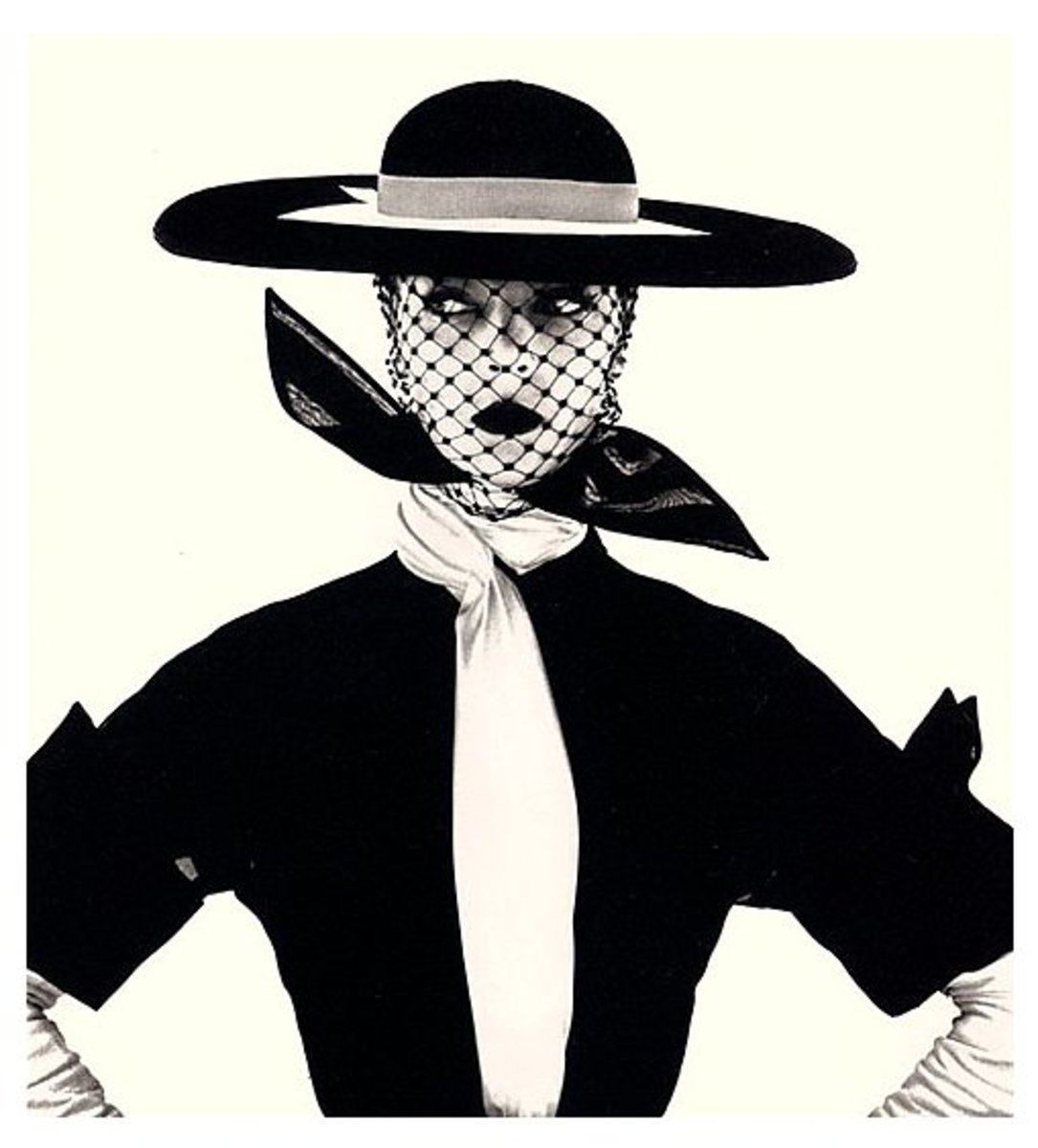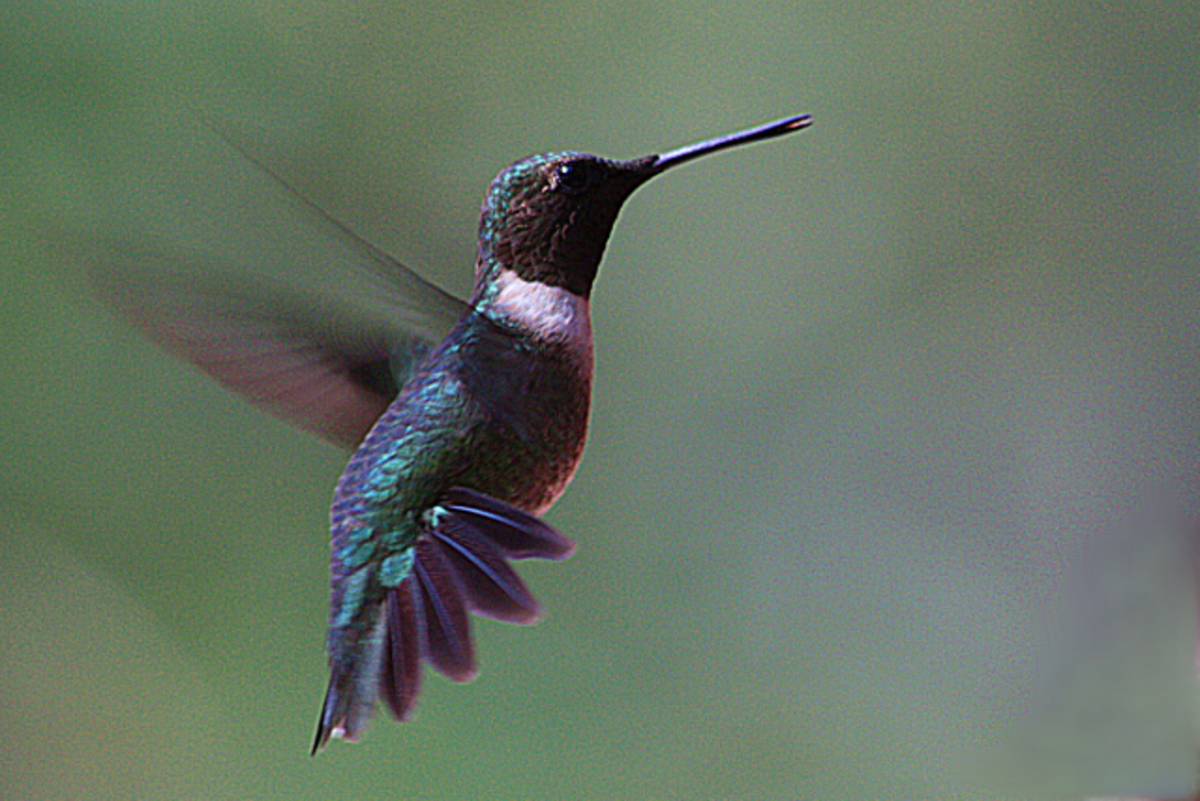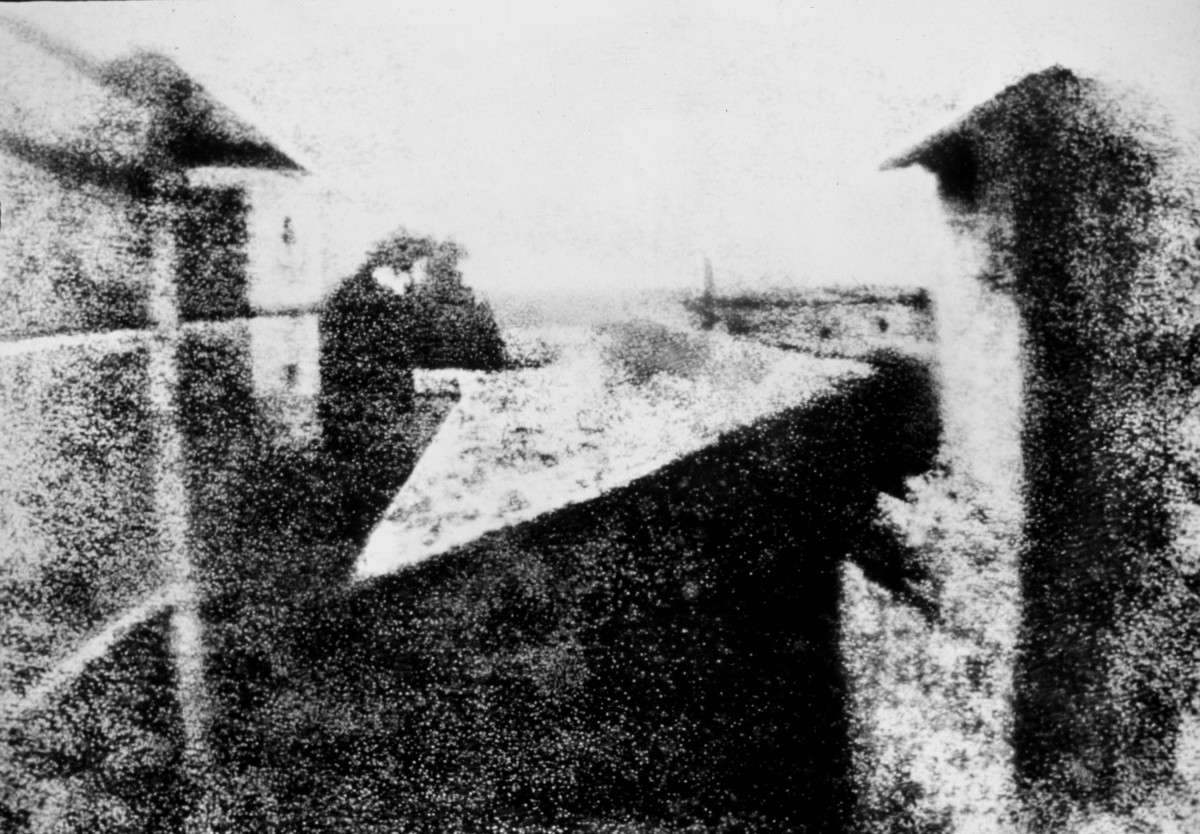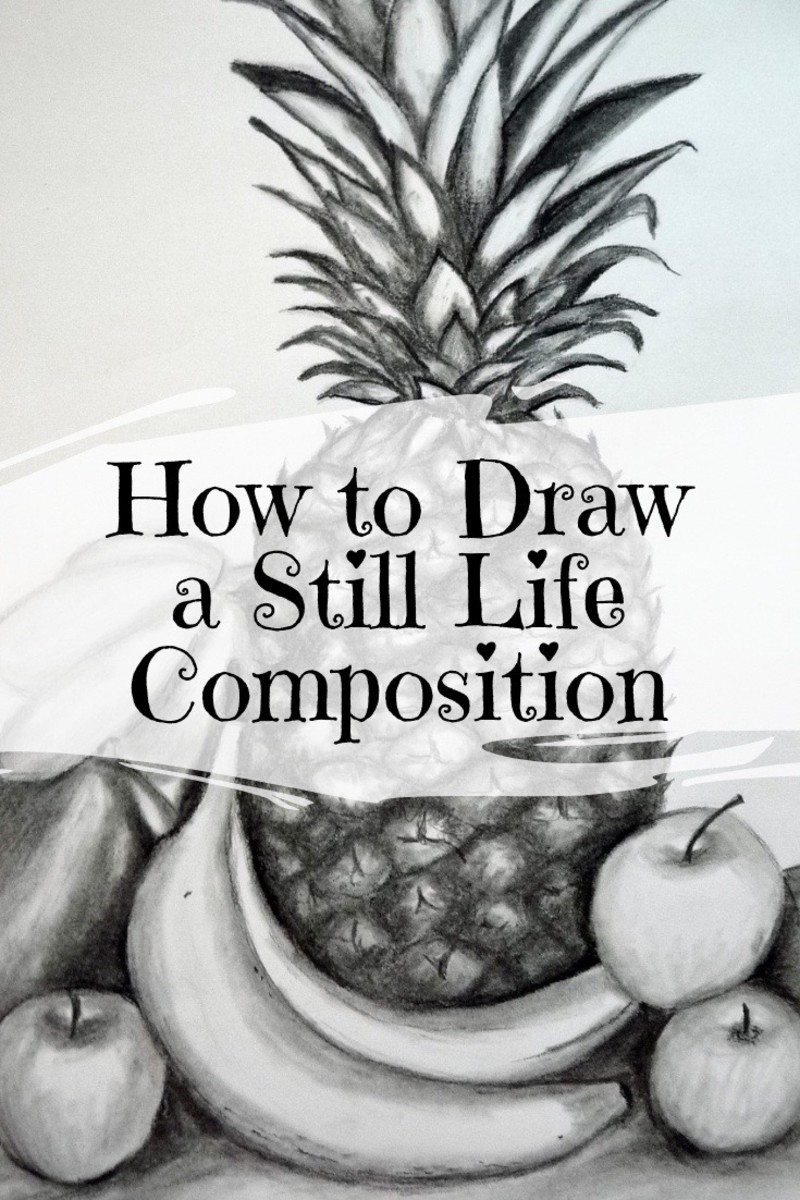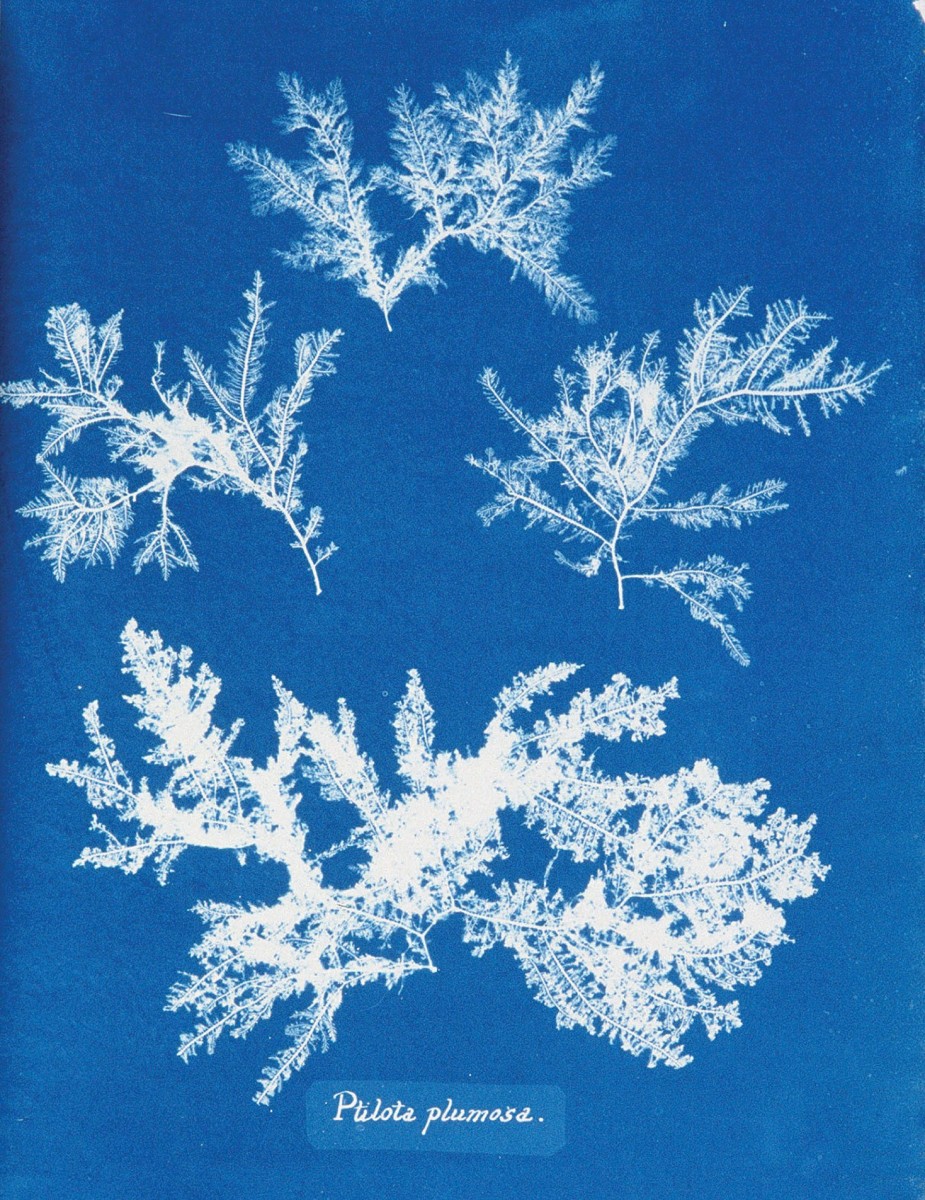Still Life Photography Tips
still-life-photography-tips
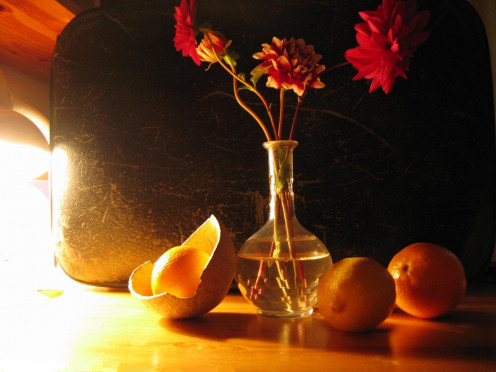
Still life photography is considered to be an art form which is represented in photos. Most still life photographers are usually showcased in fine art galleries and their work closely mimics fine art paintings.
In this photographic genre, the photographer makes the photograph not just merely takes it.
When composing still life photographs the photographer has to pay close attention to detail, has to arrange the subjects in such a way that each subject complements the other as well as the choosing of a complementing background.
Most still life lends itself well for dark or black backgrounds with subtle hints of light to provide enough illumination to show texture and enough detail to make the still life distinguishable.
Special attention has to be placed on the lighting in a way that such light brings out shapes, forms and textures.
Attention to mutually complementing colors has to also be considered. Still life is mainly appropriate for the studio, since you may wish to take several shots and of various compositional arrangements and light placement is often critical. You should not need more than one main studio light and a fill in light unit, or use reflectors in addition to your main studio light.
The market for still life ranges from fine art photo galleries, book publishers, to commercial applications. In commercial applications the market is rich with opportunity as many companies are always looking for ways of showing their products in the best of "lights". They are constantly looking for ways of making their products more appealing to consumers.
If you are planning of doing a lot of still life photography, it is worth considering taking several art classes to explore ways of representing your wares and to learn how light plays with shapes, textures and forms as well as learning how to create pleasing shadows.
Almost any subject can be part of a still life, and still life can be made up of one or of many subjects grouped together. Nature offers an array of still life subjects whether found or arranged. Dried flowers have been a staple of still life for as long as photography has been around.
As far as whether to shoot in color or in black and white, keep in mind that most still life leans towards fine art photography, and black and white film brings out shadows, form and textures better than color does, so this should be considered if planning to shoot still life.
Arrange your groupings from large to small, with the larger items in back of the smaller items. Illuminate your still life at an angle to highlight texture and show form. Arrange your still life in several ways and shoot them before deciding on which one is best.
If shooting perishable items such as food or blooms, keep tabs on the time. Remember that hot studio lights can be detrimental. Use a background that complements the set up not one that distracts from it.
Start with items that you can easily find at home, and arrange them in uncommon ways. Simple backgrounds can be made from old curtains, painted boards, walls, wood and even bricks. Since you may want to consider using a low yield flash unit, you may also want to include a tripod to sustain your camera and keep movement to a minimum.
Try to show your still life set up to someone else and gauge their reaction to the pleasantness of the set up.
Many more photography articles with ideas, tips and projects!
©
still-life-photography-tips
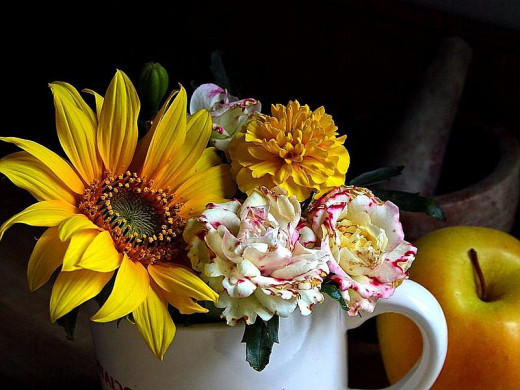
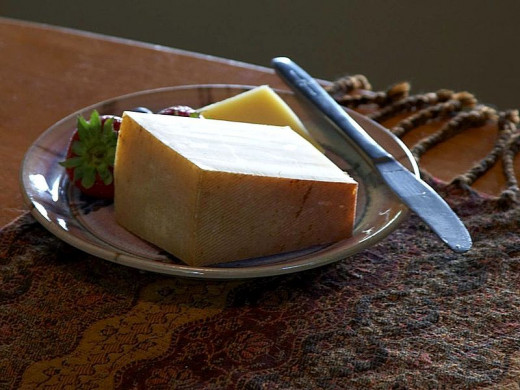
- 35 Superb Examples of Still Life Photography | Inspiration
A demanding art, still life photography allows the photographer to create his images having full control over lighting, mood, and composition. Below are some great examples of this. Enjoy.
- 36 Outstanding Examples of Still Life Photography
The beauty of still life photography, from the photographer’s point of view, is that usually it is not an opportunistic shot, therefore, the photographer has plenty of time to get the best possible capture.
© 2011 Luis E Gonzalez

